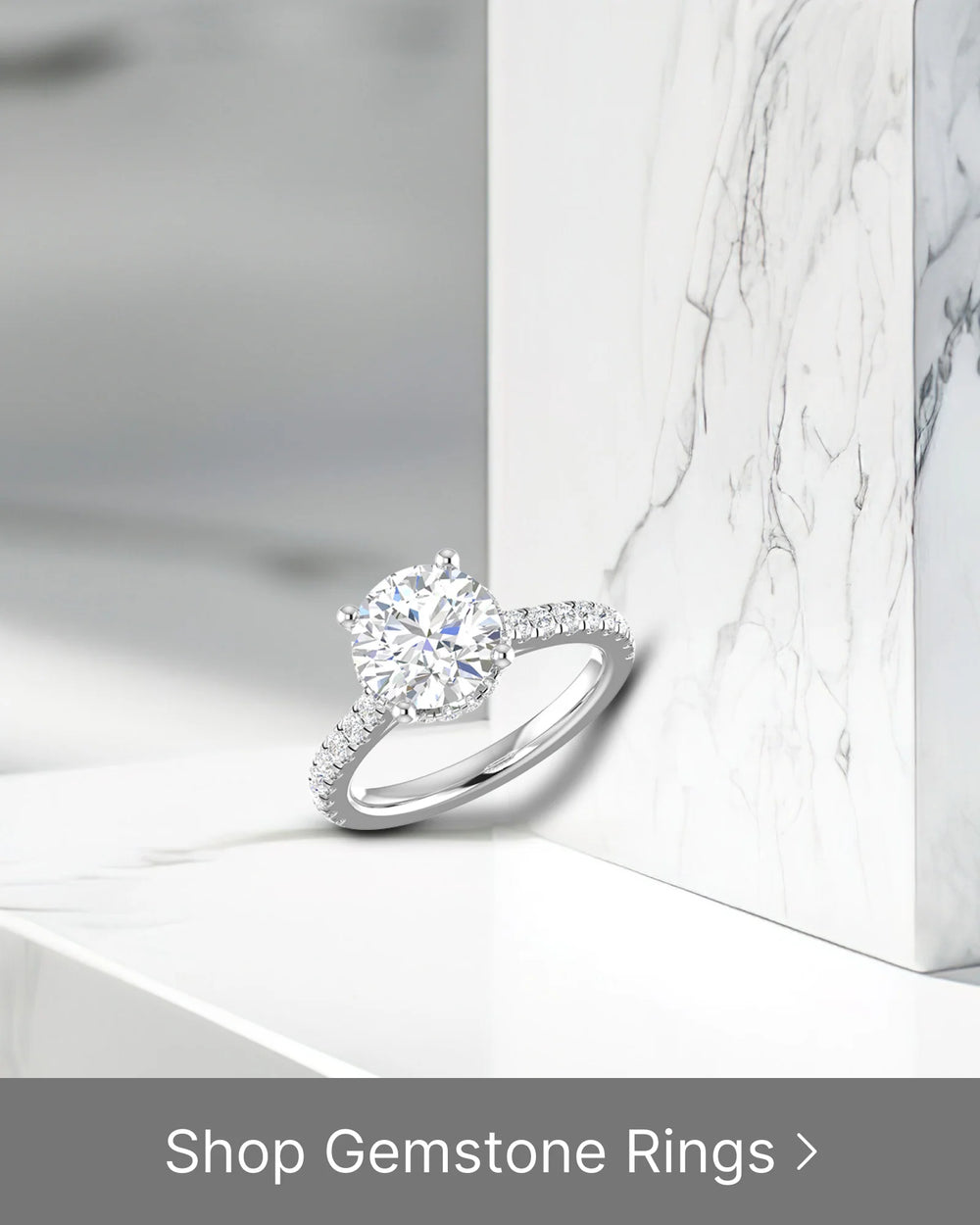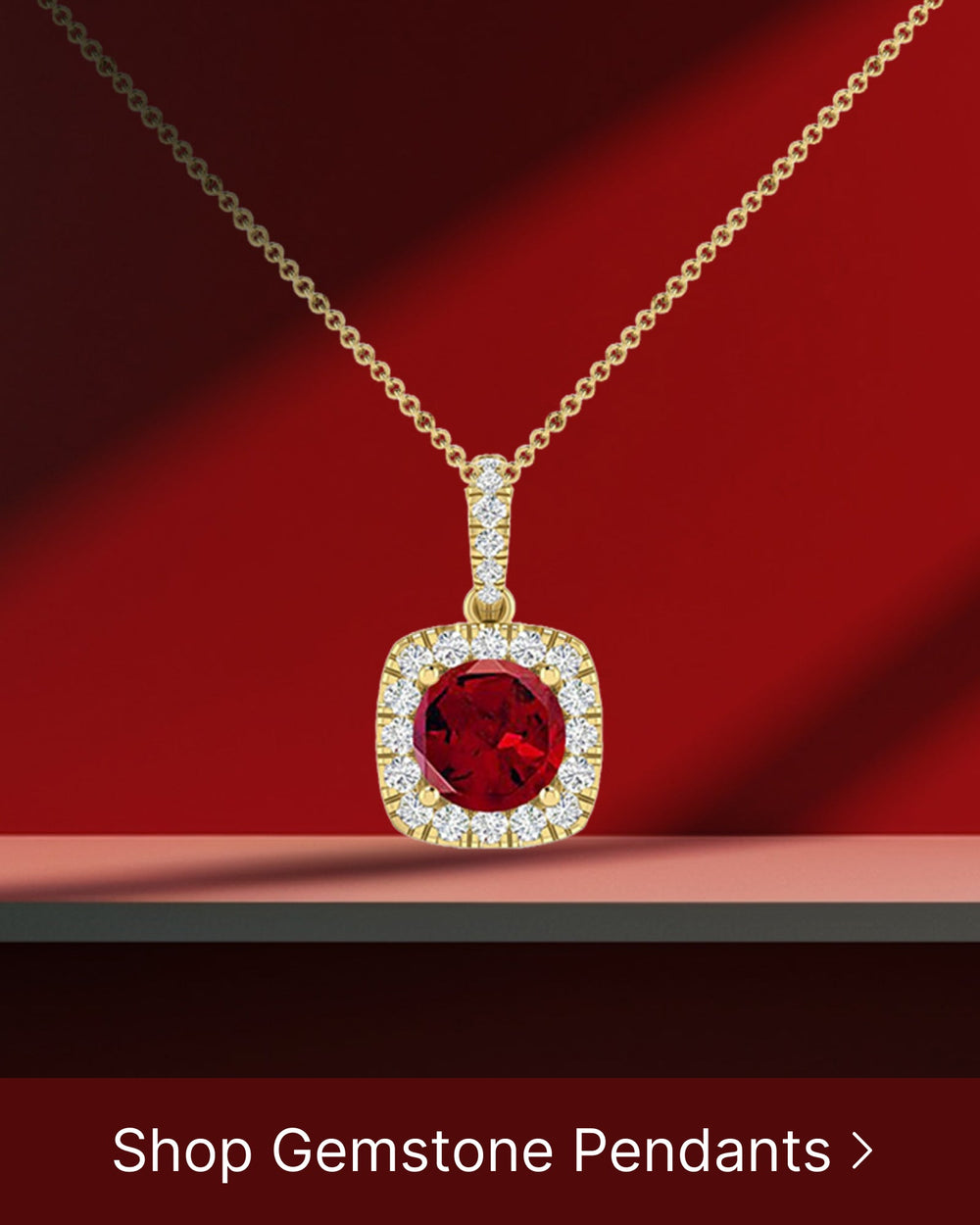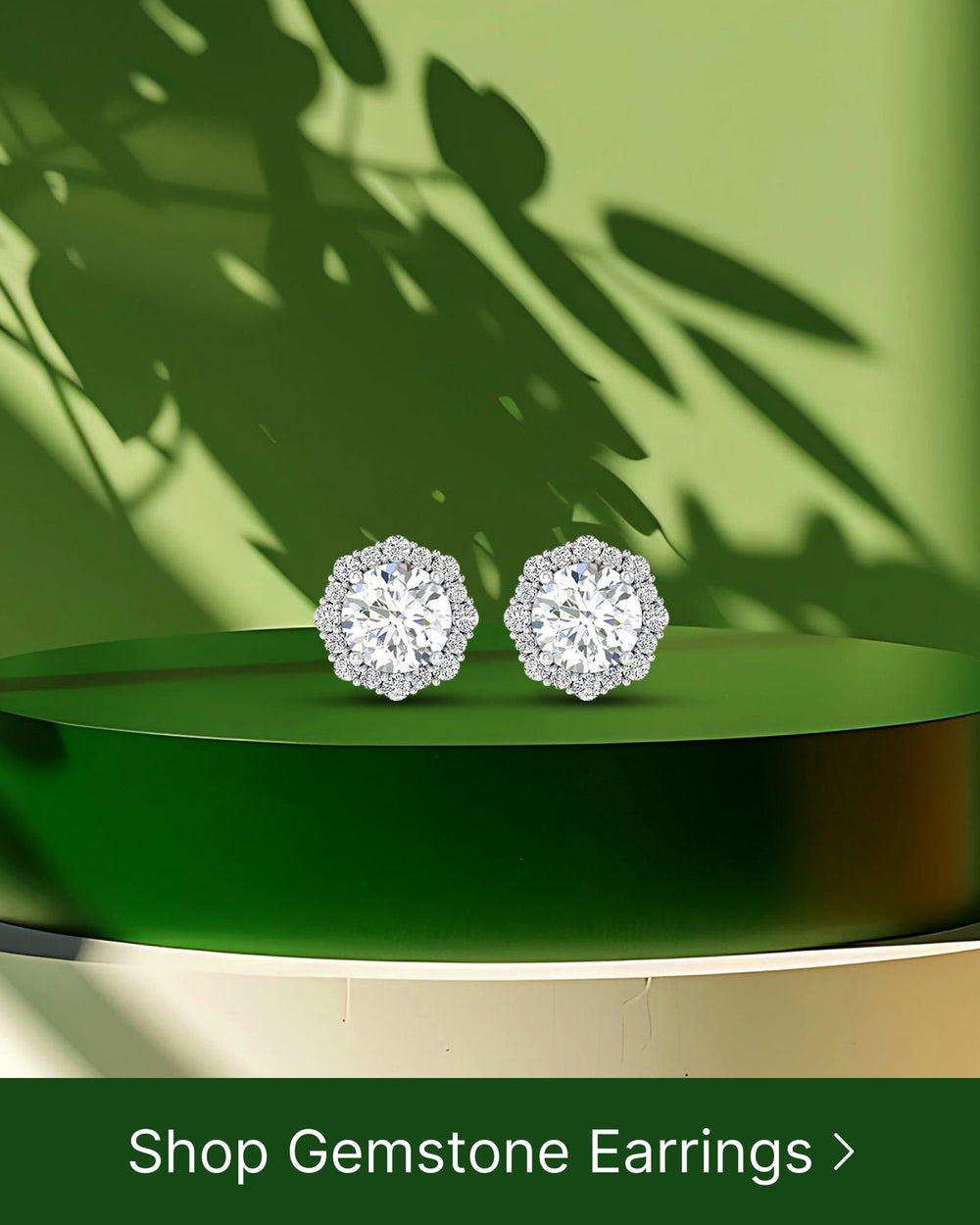Find Your Perfect Fit: Easy Ring Size Guide with Free Chart
In the world of jewelry, finding the perfect fit is crucial, especially when it comes to rings. Whether you're buying a ring for yourself or as a gift for someone else, knowing the correct ring size is essential. But fear not, because we're here to help you! In this comprehensive guide, we'll walk you through everything you need to know about ring sizes and how to find your perfect fit, complete with a free ring size chart for your convenience.
Understanding Ring Sizes
Before we dive into the nitty-gritty of measuring your ring size, let's first understand why it's so important to get it right.
A ring that doesn't fit properly can be uncomfortable to wear and may even slip off your finger. On the other hand, a ring that is too tight can cause finger swelling or circulation issues. Therefore, it's crucial to find the right balance between a snug fit and ease of wear.
The Importance of Correct Ring Size
Having the correct ring size ensures optimal comfort and allows the ring to sit securely on your finger. It also prevents the risk of a loose ring slipping off unnoticed, reducing the chances of losing your beloved jewelry.
Furthermore, knowing your ring size makes online shopping a breeze, as you can confidently select the right size without the need for costly and time-consuming returns or exchanges.
Common Ring Size Systems
Before we delve into measuring your ring size, it's helpful to understand the different ring size systems used across the globe. The most common ring sizing standards include the American ring size system (based on a numerical scale), the British ring size system (based on letters), and the European ring size system (based on circumference in millimeters).
Being aware of these systems can be particularly useful when shopping for rings from international retailers or when traveling abroad.
Measuring Your Ring Size at Home
Now that you understand the importance of finding the right ring size, let's delve into the fascinating world of measuring your ring size without leaving the comfort of your own home. All you need are a few simple tools and a bit of patience!
Tools You'll Need
- A flexible measuring tape or a piece of string
- A ruler or a ring sizer tool
Step-by-Step Guide to Measuring
Follow these step-by-step instructions to measure your ring size accurately:
- Take the flexible measuring tape or string and wrap it around the base of your finger. Make sure it's snug but not too tight. Feel the gentle pressure as you encircle your finger, connecting with the ancient tradition of adorning oneself with precious symbols of love and commitment.
- Note the measurement in millimeters, or if you used a string, mark or cut it to measure against a ruler later. Take a moment to appreciate the delicate intricacies of the human body, marveling at the uniqueness of each finger and the stories they hold.
- If you used a string, place it flat against a ruler and measure the length in millimeters. Observe the precision of measurement, as if capturing a fleeting moment frozen in time, a snapshot of your own personal journey.
- Compare your measurement to a ring size chart to determine the corresponding ring size. Discover the hidden language of numbers and sizes, unlocking the secrets of the jewelry world and finding your rightful place within it.
Remember, it's essential to measure your finger's size at a time when it's neither too cold nor too hot, as temperature fluctuations can affect finger size. Embrace the harmony between your body and the environment, acknowledging the delicate dance of nature's influence on our physical form. It's also helpful to measure multiple times to ensure accuracy, allowing for the ebb and flow of life's ever-changing rhythms.
As you embark on this journey of self-discovery and adornment, may you find joy in the process of measuring your ring size at home. Let the act of measuring become a moment of reflection and celebration, a testament to your unique identity and the love that surrounds you.
Interpreting the Ring Size Chart
Now that you have the measurement, let's learn how to read a ring size chart and find your perfect fit.
When it comes to buying a ring, finding the right size is crucial. A ring that is too tight can be uncomfortable, while one that is too loose may slip off easily. That's why understanding how to interpret a ring size chart is essential.
How to Read a Ring Size Chart
A ring size chart typically displays size numbers and their corresponding circumference or diameter measurements. This allows you to compare your own measurement to the chart and determine your ring size.
When using a ring size chart, it's important to find the measurement closest to your own. This can be done by measuring the circumference or diameter of your finger using a measuring tape or a ring sizer. Once you have your measurement, refer to the chart and note the corresponding ring size.
Keep in mind that different ring size charts may have slight variations, so it's best to choose the size that feels most comfortable. Ideally, the ring should slide on and off your finger with ease, without being too tight or too loose.
Converting Between Different Ring Size Systems
It's not uncommon to come across a ring size chart that uses a different sizing system than the one you measured. This can be confusing, but there's no need to worry!
If you find yourself in this situation, there are conversion charts available online that can help you find the equivalent size in the desired system. These charts allow you to easily convert your measured size from one system to another.
To convert between different ring size systems, simply locate your measured size on one chart and find its corresponding size on the other. However, it's important to note that conversion may not always be exact due to variations in rounding or regional differences in sizing standards.
If you're unsure about the accuracy of a conversion or if you have any doubts, it's always a good idea to consult a jewelry professional for guidance. They can provide expert advice and ensure that you find the perfect fit for your ring.
Remember, finding the right ring size is essential for a comfortable and secure fit. By understanding how to read a ring size chart and how to convert between different sizing systems, you can confidently choose the perfect ring for yourself or as a gift for someone special.
Tips for Finding the Perfect Ring Size
Now that you're equipped with the knowledge of measuring and interpreting ring sizes, let's explore some additional tips and considerations for finding your perfect fit.
When it comes to finding the perfect ring size, there are a few factors to keep in mind. One important consideration is the band width of the ring. It's worth noting that wider bands may feel tighter on the finger compared to narrower bands. If you're planning to purchase a wide band ring, you might want to consider sizing up slightly to ensure a comfortable fit. This is especially important if you have larger knuckles, as the ring needs to slide over them smoothly.
On the other hand, thinner bands may require a snugger fit to prevent the ring from spinning around your finger. This is something to keep in mind when selecting your ideal ring size. You want to strike a balance between a comfortable fit and a ring that stays in place.
Another consideration when it comes to ring sizing is dealing with half sizes. While ring sizes typically come in full sizes, some charts may also include half sizes. If you find yourself between two whole sizes, it's generally recommended to opt for the half size to achieve a more precise fit. It's better to err on the side of slightly larger, as rings can be resized by a professional if needed.
When trying on rings, it's important to consider the time of day as well. Our fingers tend to swell slightly throughout the day, especially in warmer weather or after physical activity. Therefore, it's a good idea to try on rings in the afternoon or evening when your fingers are at their largest. This will ensure that the ring fits comfortably even during these times.
Additionally, it's worth mentioning that different fingers may have slightly different sizes. For example, your ring finger on your dominant hand may be slightly larger than the same finger on your non-dominant hand. Therefore, it's a good idea to measure each finger separately and take note of any variations.
Lastly, it's important to remember that finding the perfect ring size is not an exact science. Everyone's fingers are unique, and what may work for one person may not work for another. It's always a good idea to consult with a professional jeweler who can provide guidance and assistance in finding the right size for you.
Troubleshooting Ring Size Issues
Despite our best efforts, sometimes the ring size we measure or choose may not fit perfectly. Here are a couple of common issues that may arise and how to address them.
What to Do If Your Ring Doesn't Fit
If your ring arrives and doesn't fit as expected, don't panic! Contact the jewelry retailer and inquire about their return or exchange policies. Most reputable retailers will offer flexible options to ensure customer satisfaction.
In case you don't want to part ways with your coveted ring, resizing is always an option. Reach out to a trusted jeweler who can resize the ring to your exact specifications.
Adjusting Ring Size After Purchase
In some cases, our fingers may change size over time due to weight fluctuations, temperature changes, or natural aging. If you find yourself needing a ring size adjustment after purchasing a ring, consult a professional jeweler who can seamlessly alter the ring's size to fit your finger once again.
With this easy ring size guide and our comprehensive information, finding your perfect fit has never been easier. Remember to measure carefully, consult the ring size chart, and take into consideration various factors that can affect the fit. Now, go ahead, find that dream ring, and wear it with confidence!






